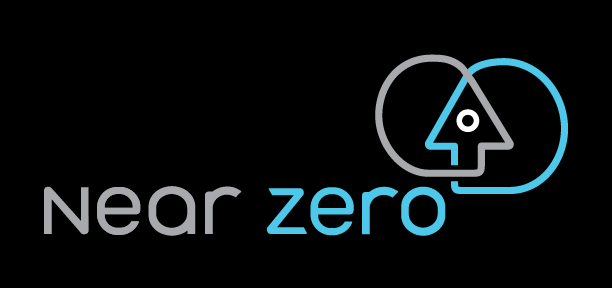The Q1 2018 WCI auction: prices fall while oversupply grows
On February 21, the Western Climate Initiative (WCI) held its first auction of greenhouse gas (GHG) allowances featuring Ontario (ON), which formally linked with California (CA) and Québec (QC) in 2018. The auction resulted in carbon prices near the price floor, with the outcome indicating that the bank of extra allowances held in private accounts continues to grow.
The new results bolster earlier analyses by Energy Innovation and the California Legislative Analyst’s Office that found the carbon market is oversupplied, with more allowances issued and sold above what regulated entities needed to cover their emissions in the near term. As a result, prices remain low and may not provide sufficient incentive for emitters to cut GHG consistent with California’s ambitious climate goals.
Carbon prices fell to just above the price floor. While the main auction for current allowances (vintages 2016 and 2018) sold out completely, the settlement price was $14.61, only 8 cents above the floor price ($14.53). The average and median prices bid per allowance also dropped from the previous auction. In the weeks leading up to the Q1 2018 auction in February, secondary market prices dropped toward the floor price (not shown in graph below).

The ratio of bids to available allowances is an indicator of overall market demand. This ratio dropped in the February Q1 2018 auction, both for the auction of current allowances (vintage 2016 and 2018 allowances) as well as for the advance auction (vintage 2021 allowances). When bids fall below the amount of allowances available at auction—that is, the ratio of bids over available allowances is less than 1—then the auction does not sell out.

Market participants bought all previously unsold allowances offered at auction. The November Q4 2017 auction was the first auction to feature re-introduction of CA and QC allowances that went unsold in the 2016-17 auction collapse, increasing auction supply by 15.9M allowances. All re-introduced allowances were sold that quarter. Similarly, market participants in the February Q1 2018 auction bought all of the previously unsold CA and QC allowances that were re-introduced at auction—an additional 14.9M. Because the February Q1 2018 auction settled above the price floor, the May Q2 2018 auction will feature the continued re-introduction of previously unsold allowances, increasing market supply by another ~15M allowances.
Oversupply is growing; private actors are banking allowances. ARB has claimed that market participants are unlikely to bank significant quantities of allowances beyond what they need to cover current emissions. For example, in comments to the Los Angeles Times, ARB’s Rajinder Sahota said that banking large amounts of allowances would require companies to tie up large amounts of capital. “We’re just not seeing that behavior in the marketplace,” Sahota concluded. However, according to preliminary estimates by Near Zero, the number of allowances in private accounts significantly exceeds near-term compliance obligations—that is, the bank of allowances in private hands continues to grow.
Auction sales raised approximately $725M for California. The WCI auctions raise revenue from the sale of ARB-owned allowances that is deposited into California’s Greenhouse Gas Reduction Fund (GGRF). The auction sold ~98M current year allowances and ~8.6M advance year allowances at prices of $14.61 and $14.53, respectively, raising approximately $725M for the GGRF.
Near Zero research note
Danny Cullenward *†, Mason Inman *, and Michael Mastrandrea *†
* Near Zero
† Carnegie Institution for Science, Department of Global Ecology
